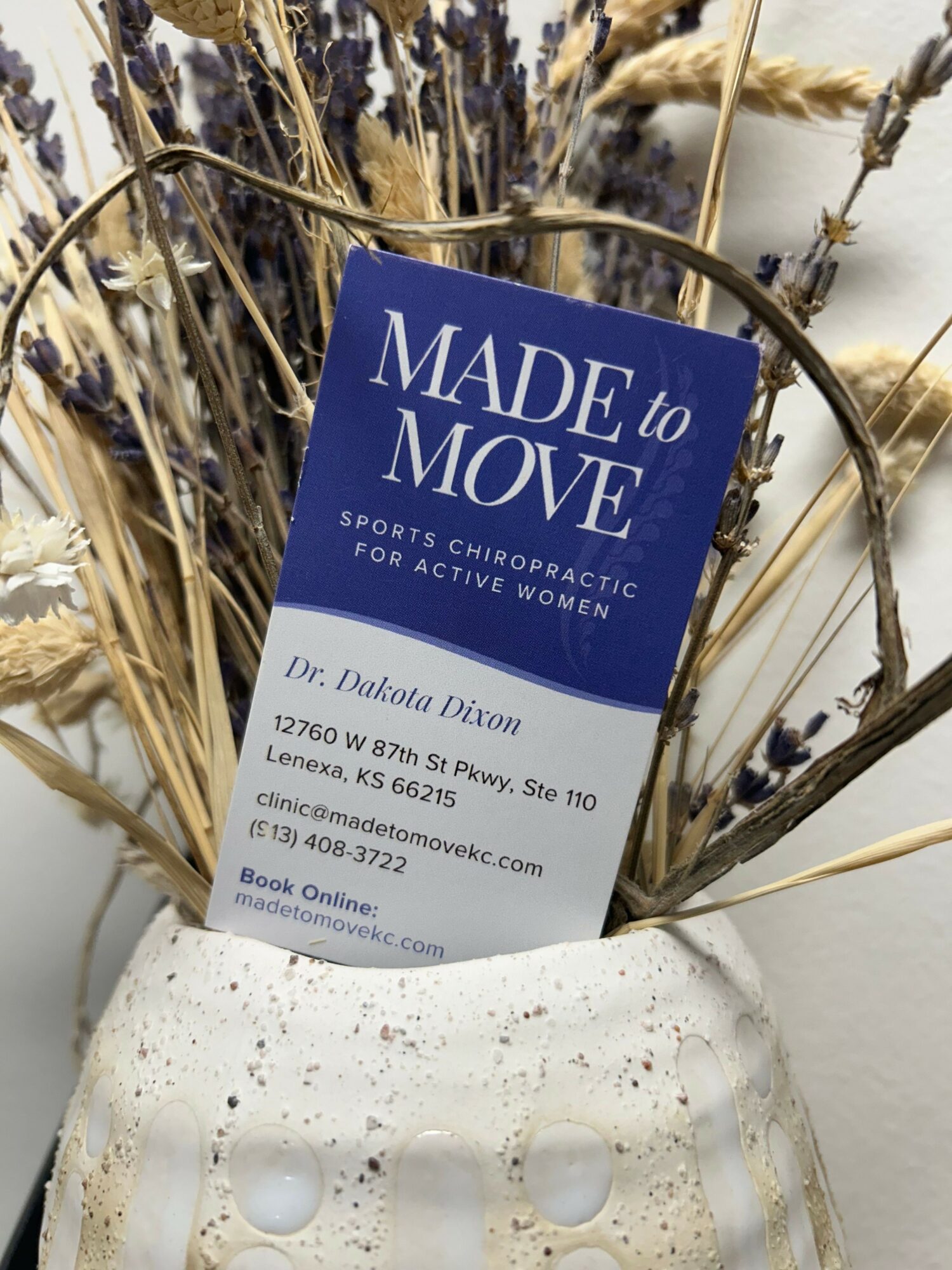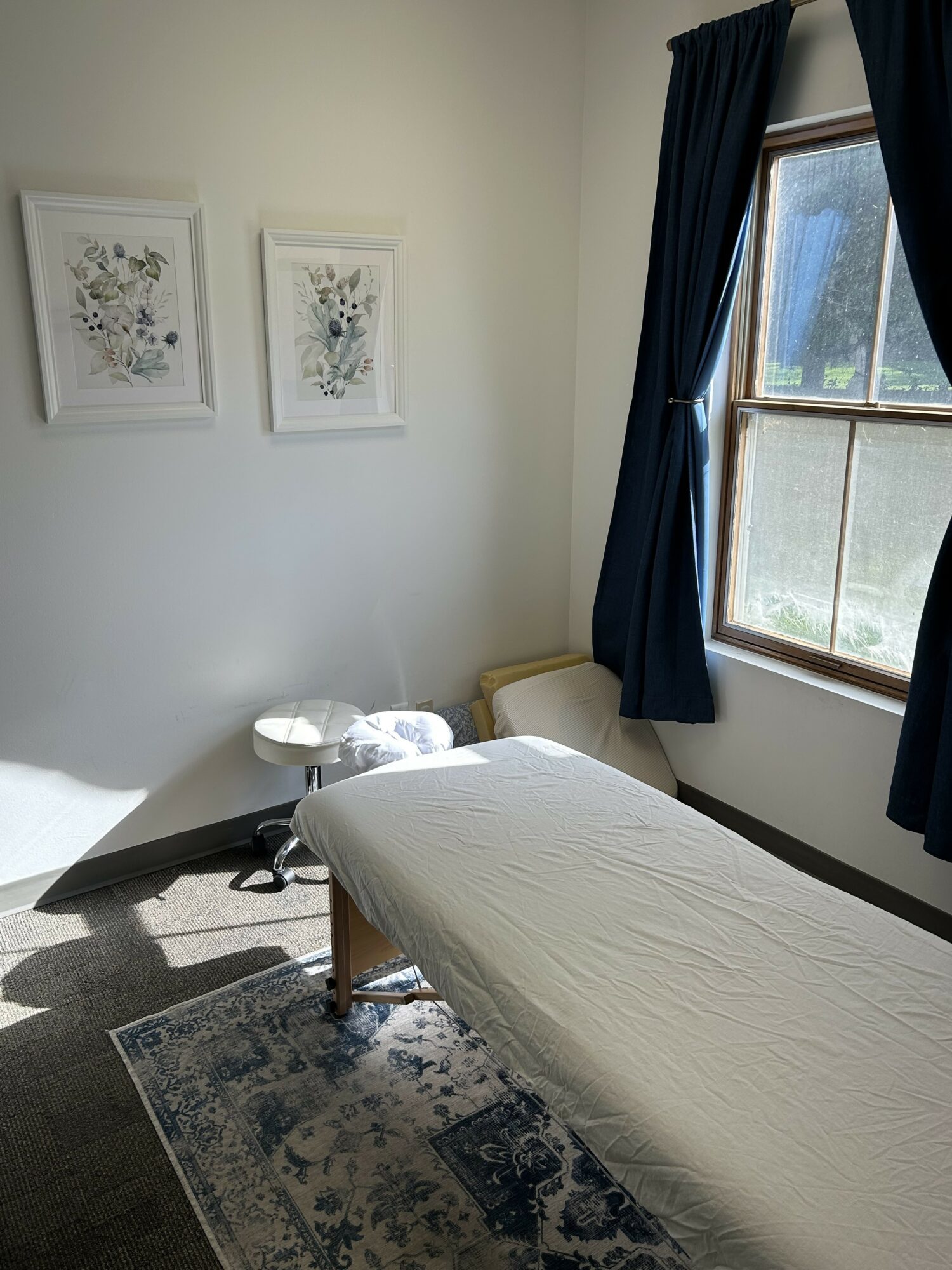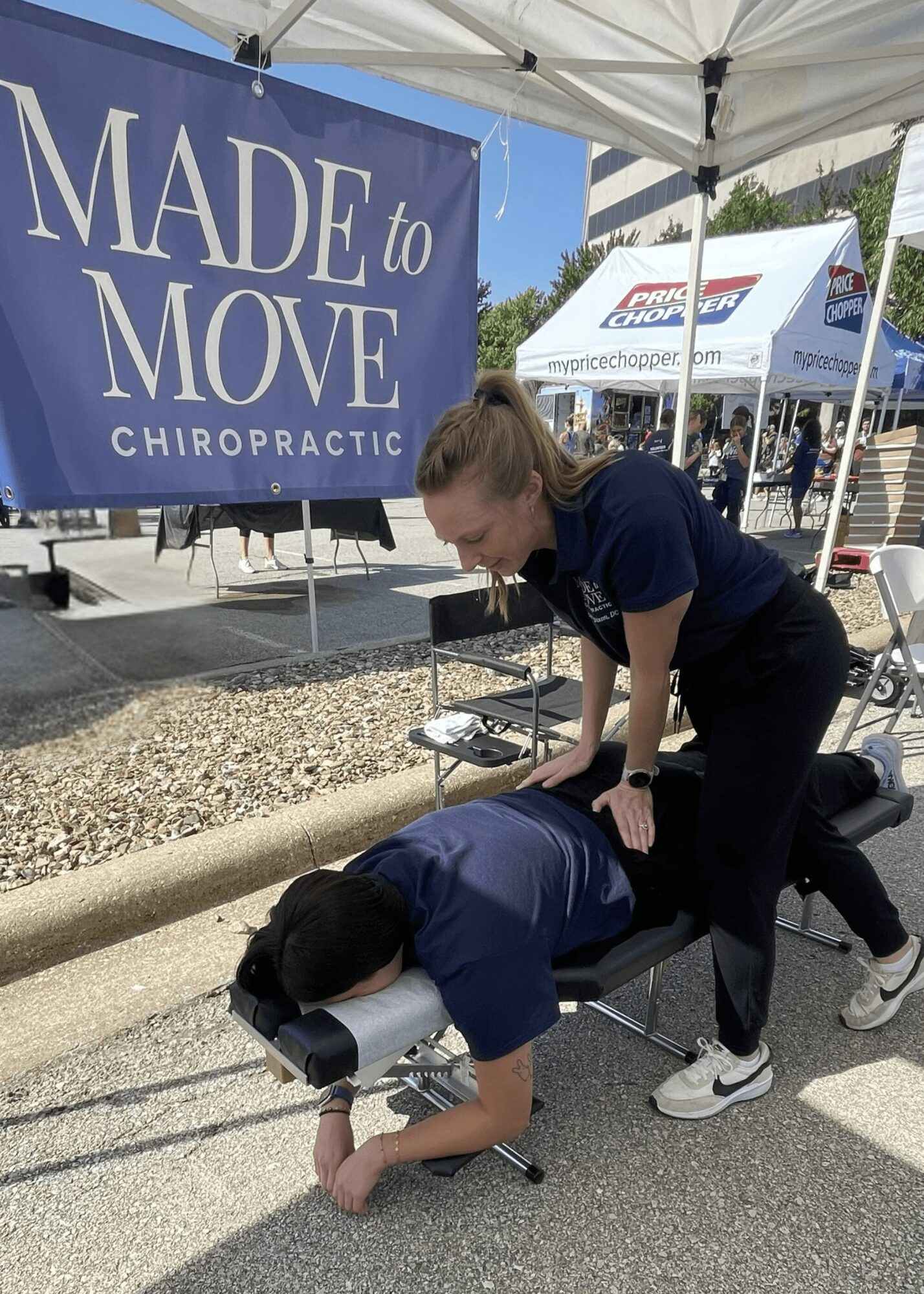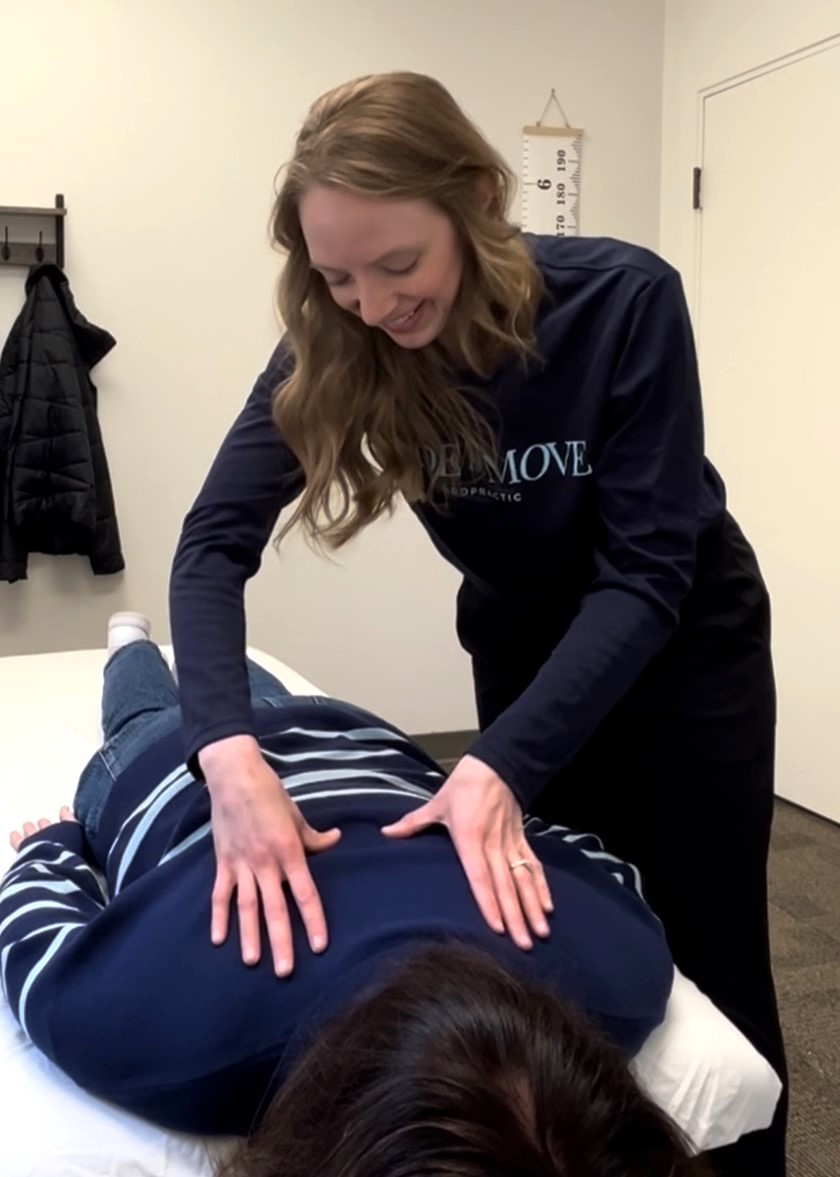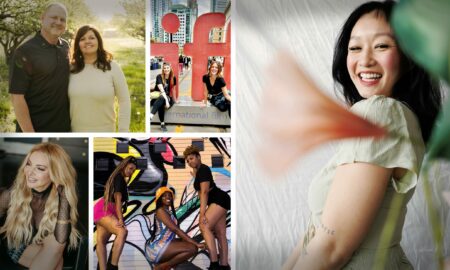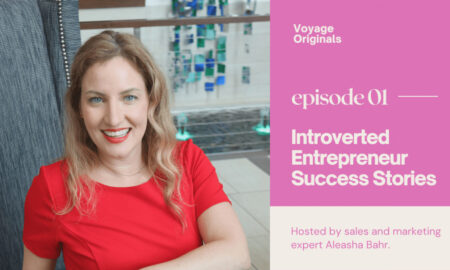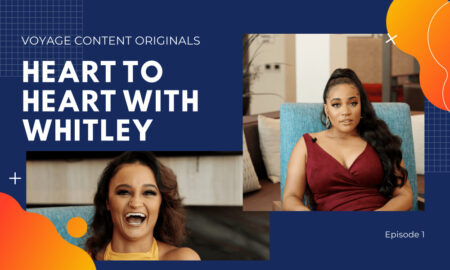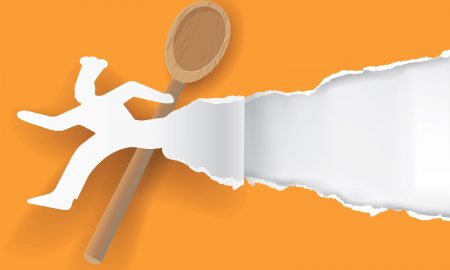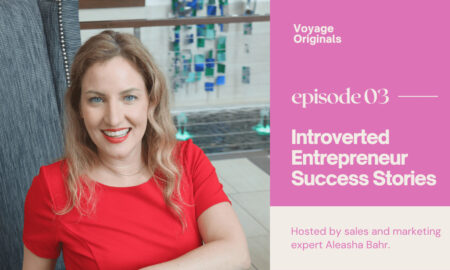Today we’d like to introduce you to Dakota Dixon.
Hi Dakota, thanks for sharing your story with us. To start, maybe you can tell our readers some of your backstory.
In high school, I was in sports—cross country, track, and swimming—and I would have frequent injuries. Growing up as a young woman, it was difficult to learn how to fuel properly and recover properly. You relied on what others told you. I remember going to physical therapy for shin splints, and I just didn’t really understand what was going on. I knew it was supposed to help my shin splints, but I didn’t understand the physiology of how the nervous system and muscles communicate. I thought maybe I’d just get strong calves and look great, but I didn’t realize it was about more than looks. It was something deeper and more important for longevity in the sport.
During this time in high school, I took an athletic training class. I knew I didn’t want to sit at a desk all day. I wanted to be up, active, and physically helping people. During that class, a chiropractor came in to talk to us, and that was the first time I even heard of chiropractic care. I had never been to a chiropractor before and didn’t know what they did, but I loved that it was hands-on and could help people move and heal. It clicked for me—I could help athletes like myself and also help women stay active, independent, and mobile throughout their lives. That moment really stuck, and from then on I knew chiropractic was where I needed to be.
In college, I continued doing sports and joined the triathlon club. I found that doing three different sports actually helped prevent injuries better. At the same time, I was studying kinesiology, which gave me a deeper understanding of how to tailor training and recovery to the body’s needs. I learned the importance of cross-training and that the key to consistency and long-term health was simply doing movement you enjoy.
While in chiropractic school, I continued doing triathlons. Six days before my first half Ironman, I strained my calf. Normally in high school or college that kind of injury would have sidelined me for weeks, but this time I was able to use what I was learning in school: adjustments, kinesiology tape, better recovery tools, and smarter training. By the end of that same week, I was able to compete in the half Ironman, and I even set a personal record in the half marathon run portion. It showed me firsthand how powerful these tools could be, not just in theory, but in real-life situations.
After graduating, I worked as an associate in a wonderful sports clinic in Kansas City for about a year and a half. Then my husband and I moved to Omaha, Nebraska, where I did coverage work for four years. That allowed me to see many different practices, techniques, and patient populations. It was a huge gift, because I got to discover what I loved most, what techniques and tools I found most effective, and how different offices ran. It helped me shape what I now believe to be the most seamless and thorough approach to care for active women and runners.
Now we’ve moved back to the Kansas City area where I grew up, and I’ve opened my own practice. It’s truly the dream I’ve been working toward for the past 15 years. I’m so excited to finally offer the kind of full-body care I’ve found to be the best for myself, and now I get to give that same care to others.
I’m sure it wasn’t obstacle-free, but would you say the journey has been fairly smooth so far?
No, it has not been a smooth road. Like most young adults, I had to learn how to balance work and life while also trying to stay active when starting my first full-time job. There’s so much noise about the latest exercise trends or exercises you “should” be doing, but I’ve learned to cut through the noise and simply do what you love. We’re all predisposed to enjoy certain types of exercise anyway, based on our physiology and body types. That realization was a turning point in how I now approach giving movement advice.
Another struggle came when we moved to Omaha. It was difficult to get started again, finding practices that needed coverage work and building connections in a new place. But once I did, it was such a gift. I was able to step in for women who needed time to fully recover from surgery before returning to their physically demanding jobs, moms who wanted to take a complete maternity leave with their newborns, and even men who were finally able to take a family vacation after years without one. Providing that coverage was rewarding, but the process of getting started was definitely hard.
The same thing happened when we moved back to Kansas City and I started my own practice a year ago. Starting over in a community after being gone for years meant rebuilding relationships and introducing myself all over again. Running a small business as a solo practitioner has its own challenges—I wear all the hats. I’m the chiropractor, but I’m also the social media manager, the front desk, the person answering calls, sending emails, and doing all the admin work. It’s a lot, but I wouldn’t have it any other way. I love knowing the ins and outs of my business, seeing firsthand how things are running, and spotting any hangups or friction points. My goal is to make getting care as easy as possible, and walking through the struggles has made me even more committed to that.
We’ve been impressed with Made To Move Chiropractic, but for folks who might not be as familiar, what can you share with them about what you do and what sets you apart from others?
I’m Dr. Dakota, the owner and chiropractor at Made To Move Chiropractic in Lenexa, KS. I’m passionate about helping active women experience movement without limitations so they can fully enjoy the activities and life that they love.
What I offer is a bit unique. Every session includes one-on-one, 20-minute appointments where we focus on full-body manual therapy. This means every practice member receives comprehensive care that includes full body adjustments, including the spine (neck, upper back, and low back) and extremities (shoulders, wrists, hips, knees, feet, and more). We also perform full-body muscle work and other supportive therapies at every visit to ensure that the relief and improvements are felt long after the session with me.
There is one specialized service that I love to offer runners called the Run-Ready Assessment. It’s designed to zoom in on running-specific movements in a quick amount of time, and equips runners with actionable steps they can take home to improve their running. I also collaborate with local Pilates studios, massage therapy, functional medicine, and physical therapy offices to provide a holistic approach tailored specifically for each individual’s mobility, health, and wellness journey.
What sets me apart is the patient-centered care approach and the personalized programs I develop, all aimed at empowering practice members to maintain results on their own.
On a day-to-day basis, I’m grateful for the opportunity to make an impact on how my patients move and feel, and I’m most proud of the trust my patients place in me to guide their journey to freedom and joy in movement. If anyone is curious about what their body is saying, I have a resource called “The Quick Pain Decoder for Active Women.” It’s a free guide designed to help anyone listen to and decode their mobility.
Are there any books, apps, podcasts or blogs that help you do your best?
My favorite books that help me do my best at work are “Anatomy Trains” by Thomas W. Myers, “Human Locomotion” by Thomas C. Michaud, and “The Deflame Diet” by David R. Seaman, DC, MS. I also love reading anything that Dr. Stacy Sims talks about on her blog.
Contact Info:
- Website: https://madetomovekc.com/
- Instagram: https://www.instagram.com/madetomovekc
